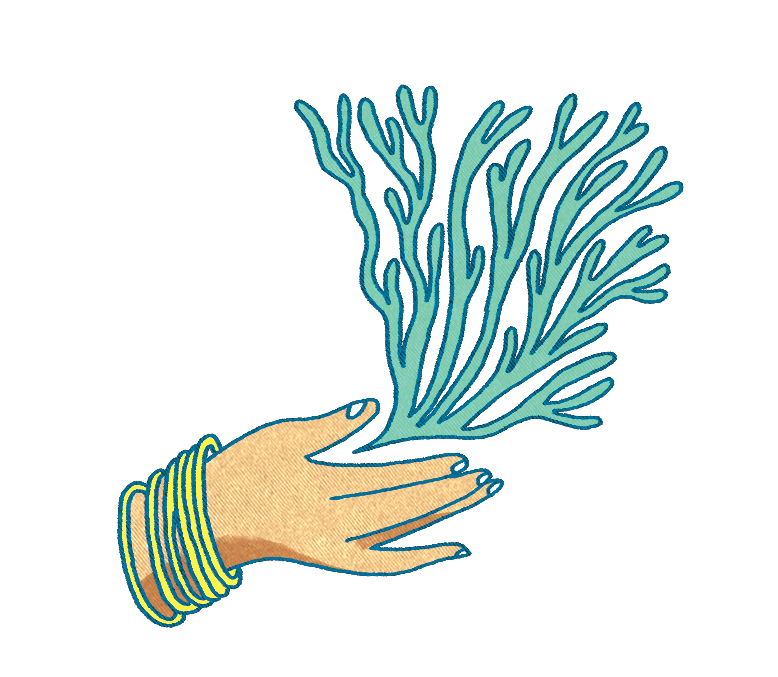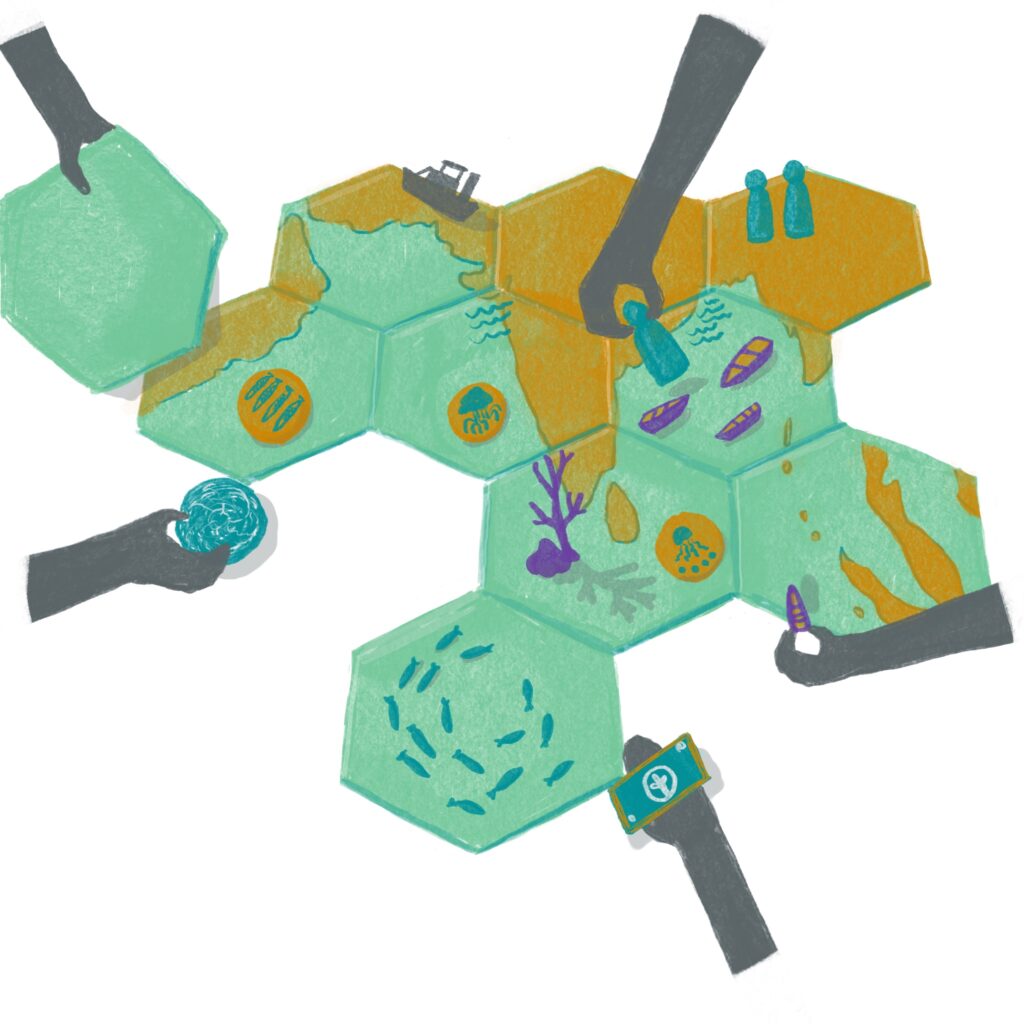Since coming to power in 2002 President Marc Ravalomanana has both reformed and accelerated the path to decentralisation in Madagascar, granting new roles and responsibilities to regional and community leadership. We thus see the role of the national government diminishing in favor of resource management at the community level. This sort of decentralisation is intended to empower the local population to improve accountability, civic engagement, and equity. It addresses the greater capacity of local authorities for responsiveness to local population needs, while improving efficiency, equity and local “ownership” of the governing process.
I have explored the impact of increased responsibility for water management and decision-making in the communes within Madagascar’s southern district of Ambovombe-Androy. Ambovombe-Androy is a semi-arid district that comprises 17 communes with marked levels of poverty. Limited water supply, extreme demand, and predatory operators drive water prices up to unaffordable levels. Decentralisation has served to exacerbate, rather than ameliorate, the problem.
Donors have attempted to alleviate – or at least mitigate – the Ambovombe water crisis. Despite certain differences in approach, they have all focused on the community level to manage a micro-level water facility. While a conceptually strong effort, in practice the amount of water obtained has been limited and the community-based organisations have often been troubled by their own inefficiencies or corruption. The one significant macro-effort, in which Japan funded two dozen water trucks and a pumping facility in neighbouring Amboasary, and in which a government agency was put in charge of managing and maintaining the new equipment and intervening in the Ambovombe water market, was an ill-conceived design. Water delivery by truck is necessarily inefficient. In this case, offering a limited quantity of the resource exacerbated existing class cleavages as water became a commodity for those who could afford to pay for it in large quantities. Supply challenges have led to the rise of private water markets with a seasonal variation of as much as 1500 percent in rates.
A finer optic needs to be employed for determining the relationship between state and local institutions. The state is using the trend towards decentralised water management as an opportunity to reduce reasonable levels of responsibility, though it is needed to regularise supply and pricing of piped water via infrastructure development. Water is most cost-effective by scale; even standpipes are not cost-effective if they do not ensure regularised supply. Community associations can be valuable but only below the turnout. We also need to better understand and adapt community level organisations. This requires management and human capital, as well as state engagement and investment. Ambovombe’s communities need to be viewed as a complex mosaic of relationships that both enhance and detract from the power of the state in a dynamic fashion. We need to know more about the dynamics of each community including leadership type, acceptability of cost recovery schemes, type of labor inputs, and suitability of enforcement mechanisms. In contrast to the universal use of the commune administrative level, careful disaggregation of community advantage may lead to diverse definitions of community for the purpose of creating water users groups. We can then figure out which responsibilities are best suited for each community and what is needed of a state that tends to be at best inefficient, and at worst predatory.
Originally published as:
Marcus, R. 2007. Where Community- Based Water Resource Management has Gone Too Far: Poverty and Disempowerment in Southern Madagascar. Conservation and Society 5(2): 202-231.





